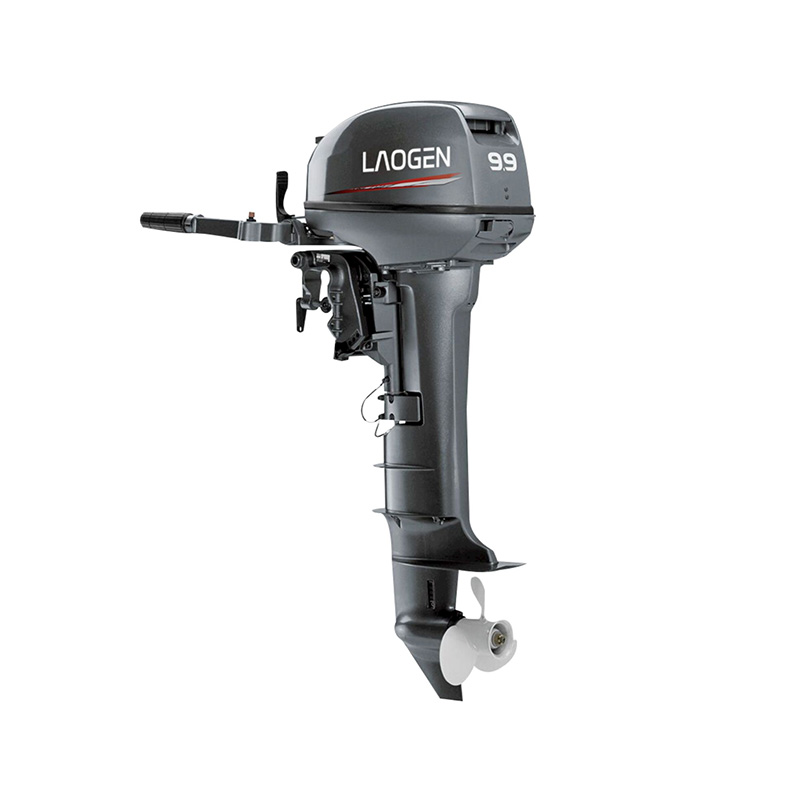Components Of A 4-Stroke Engine And The Role Of Outboard Engines On Boats
The integration of a 4-stroke engine and an outboard engine on a boat marks a pivotal intersection of engineering and functionality. This article aims to delve into the intricacies of these two essential components, shedding light on the key parts of 4-stroke engine and the significance of outboard engines in the context of boating.
Components of a 4-Stroke Engine:
A 4-stroke engine, renowned for its efficiency and reliability, operates through a series of distinct strokes that contribute to its power generation. Understanding the key components of this engine is crucial in appreciating its functionality.
1. Intake Stroke: The process begins with the intake stroke, where the engine draws in a mixture of fuel and air. The intake valve opens, allowing the piston to move downward and create a vacuum.
2. Compression Stroke: Following the intake stroke, the compression stroke involves the closing of the intake valve, pilot to the compression of the fuel-air mixture within the cylinder. This compressed mixture sets the stage for combustion.
3. Combustion Stroke: Spark plugs ignite the compressed fuel-air mixture during the combustion stroke. The resultant explosion forces the piston downward, converting the chemical energy into mechanical energy.
4. Exhaust Stroke: The final stroke is the exhaust stroke, during which the exhaust valve opens, and the piston moves upward, expelling the spent gases from the combustion process.
Critical components that facilitate these strokes include the piston, connecting rod, crankshaft, camshaft, valves, and spark plugs. Each plays a crucial role in the synchronized movement that defines the 4-stroke cycle.
The outboard engine, mounted externally on the transom of a boat, is a versatile and integral part of marine propulsion systems. Its design and functionality cater to the dynamic requirements of boating.
1. Powerhead: At the core of an outboard engine is the powerhead, housing the internal components such as the cylinders, pistons, and crankshaft. The powerhead's design ensures a compact and efficient powerhouse.
2. Gearbox: Connected to the powerhead is the gearbox, responsible for transmitting power to the propeller. The gearbox incorporates gears that facilitate speed control and directionality.
3. Propeller: The propeller is a key component responsible for generating thrust and propelling the boat forward. Its design, pitch, and size impact the overall performance and efficiency of the outboard engine.
4. Tiller or Steering System: Depending on the boat's design, the outboard engine is equipped with either a tiller for manual steering or an integrated steering system for more extensive vessels.
5. Fuel System: Modern outboard engines are equipped with advanced fuel injection systems that optimize fuel efficiency and reduce emissions. This enhances the overall sustainability of marine propulsion.
The outboard engine's external mounting facilitates easy maintenance and accessibility, making it a popular choice for boats of various sizes.
Synergy in Action:
The synergy between a 4-stroke engine and an outboard engine is evident in their collaborative effort to provide efficient and reliable propulsion for boats. The 4-stroke engine's cyclic precision harmonizes with the outboard engine's design to ensure seamless and controlled navigation on water.
In conclusion, the amalgamation of a 4-stroke engine and an outboard engine exemplifies the marriage of precision engineering and marine functionality. Understanding the distinct components of a 4-stroke engine and the purposeful design of an outboard engine enhances our appreciation for the seamless operation that propels boats across waterways. As technology continues to advance, these components will likely undergo further refinement, contributing to the evolution of marine propulsion systems.


 English
English русский
русский











